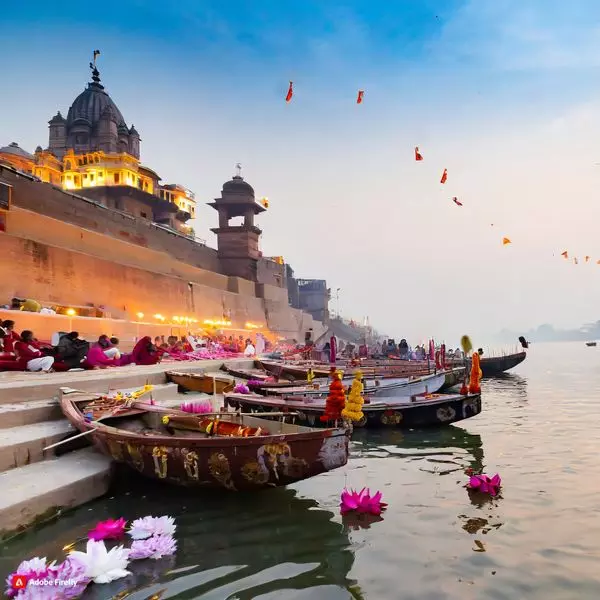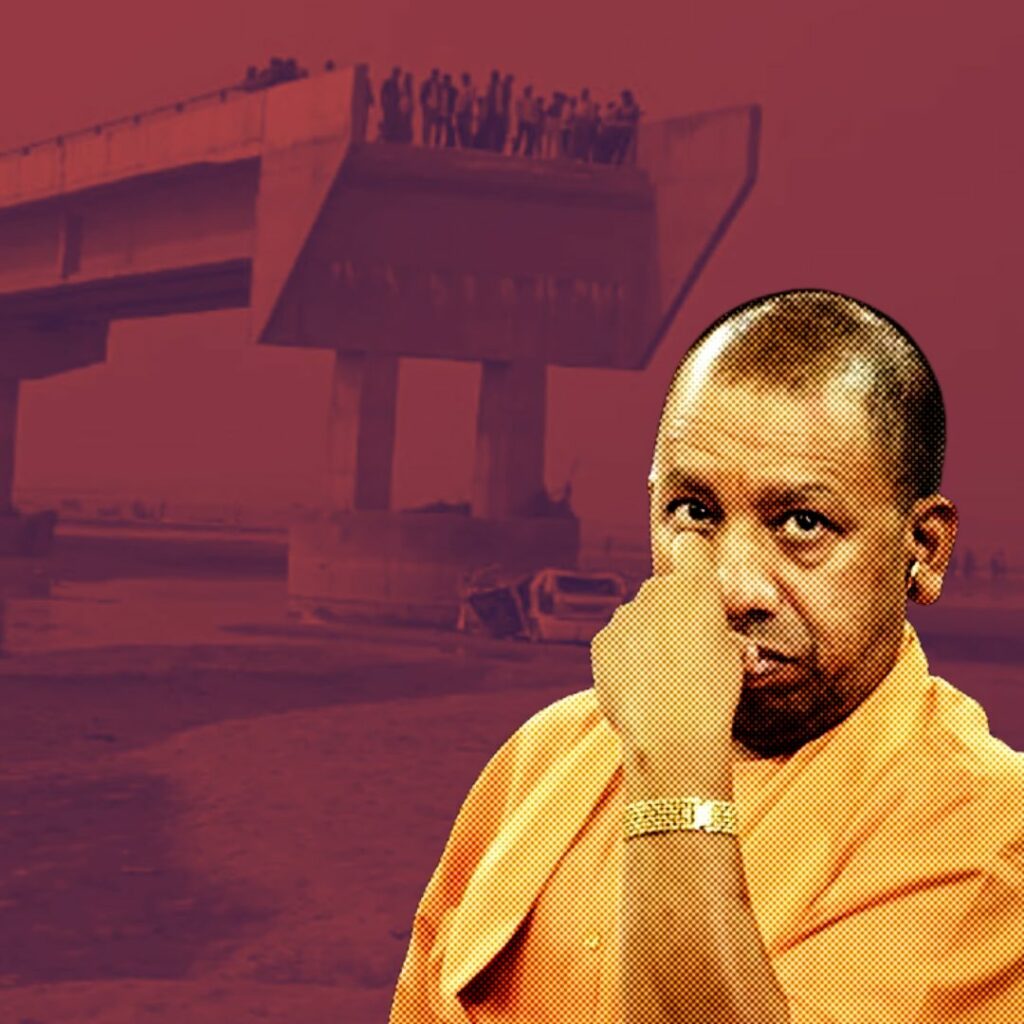Varanasi, the spiritual cornerstone of India, holds within its ancient ghats along the Ganges River a treasure trove of living traditions that transcend the customary religious rituals. While these ghats are renowned for their religious significance, they also harbor vibrant cultural practices that contribute to the city’s unique identity. In this exploration, we navigate the rich tapestry of Varanasi’s ghats, delving into the lesser-known aspects that go beyond the rituals and ceremonies.
Varanasi, often referred to as the ‘City of Lights’ or Kashi, stands as a living testament to ancient traditions dating back over 3000 years. Its 87 riverfront steps, known as ghats, are not just venues for religious rites but also witnesses to a dynamic blend of cultural expressions and living traditions.
As one steps onto any Varanasi ghat, a lively mix of sights and sounds unfolds – pilgrims in devotion, priests in saffron robes, tourists exploring the vibrant streets, and the haunting melodies of traditional music. Beyond the hustle, each ghat holds its unique history and significance, often commemorating notable figures like Tulsidas, the revered poet.
Varanasi’s ghats are not merely static monuments but dynamic stages for a variety of cultural expressions. Artistic endeavors, such as intricate Rangoli designs, adorn the steps, showcasing a fusion of tradition and modernity. Cultural events and workshops add another layer to the city’s ethos, attracting both locals and tourists in a vibrant exchange.
While the majority of ghats were reconstructed during the Maratha Empire’s reign after 1700 AD, the living traditions extend beyond public events. The art of storytelling thrives on these steps, with locals gathering to share tales rooted in mythology and folklore, contributing to Varanasi’s rich oral history.
The spiritual significance of Varanasi’s ghats extends to the ritual of cremation, where Hindus believe the pure waters of the Ganges offer a path to liberation. Manikarnika Ghat, the primary cremation site, holds ancient legends, symbolizing the eternal cycle of life and death. The rituals here, while intense, are deeply ingrained in the city’s beliefs.
Among the multitude of ghats, some stand out for their unique characteristics. Dashashwamedh Ghat, deemed the most sacred, hosts the grand Ganga Aarti, a mesmerizing ritual paying homage to the river, the sun, and Lord Shiva. Assi Ghat, steeped in mythology, offers a serene start to the day with the Subah-e-Banaras Aarti.
Manikarnika Ghat, known as the Gateway to Liberation, holds legends of Lord Vishnu and plays a crucial role in attaining moksha. While the cremation ceremonies can be intense, they reflect the deep-rooted beliefs of Varanasi.
Other notable ghats include Harishchandra Ghat, associated with the unwavering truthfulness of Raja Harishchandra, and Tulsi Ghat, named after the revered poet Tulsi Das. These ghats contribute to the diverse tapestry of Varanasi’s spiritual and cultural heritage.
Varanasi’s ghats, beyond being sites of religious practices, encapsulate a living, breathing culture that unfolds with every step on the ancient steps. From the grandeur of Dashashwamedh Ghat to the serenity of Assi Ghat, each contributes to the city’s identity. As visitors navigate this tapestry of tradition, they encounter a harmonious blend of ancient rituals and contemporary expressions, leaving them with a profound understanding of the living traditions that define Varanasi’s essence.
Also Read: Uttarakhand Tunnel Collapse: 41 Workers Rescued After Succesful 17-Day Operation











